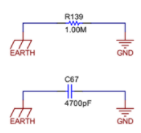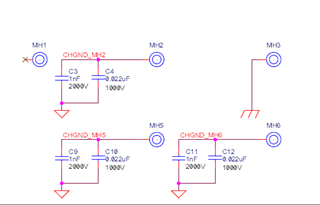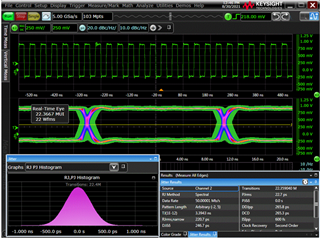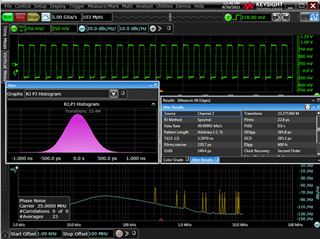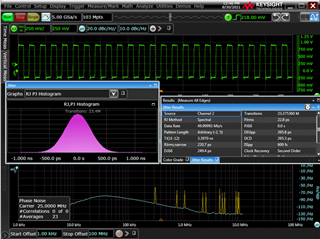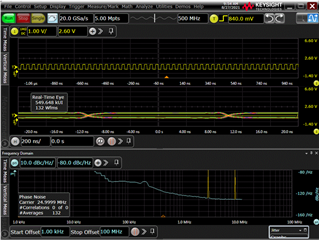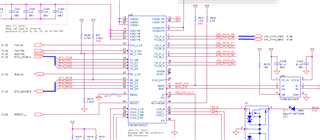Hi,
We are in production and are facing a throughput issue with DP83867ERGZT part on 50 boards.
We have produced 100# before with no issues.
We might have a different a different set of PCB or a Slightly out of tolerance part due to mfg which we are not 100% sure we have designed for six sigma.
But we have done below so far.
1. When we do small ping packets 64 bytes no issue, 1500 bytes we loose packets during ping.
2. Reverse loopback fails
3. Analog loopback using PRBS passes 1500 bytes length
4. External Loopback using PRBS passes 1500 bytes length.
5. I have verified all the basic and external registers and have no clue.
6.TX & RX Delay with shift from clock set to 2ns by register.
7. We are yet to verify the RXFSTS register for SFD or CRC error.
8, Voltage rail with Spec
9. Power on Sequence Correct.
10. XI Clock DC levels correct.
12.When ping with 1500 bytes we saw below.
FALSE_CARRIER_INT (bit 8 of ISR at 0x13), most of the time is accompanied by a ping failure
IDLE ERROR COUNTER (bits 7:0 of Status Reg at 0xA),most of the time is accompanied by a ping failure
RECR (RECR reg at 0x15), – this changes most prominently and is mostly followed by a ping failure (vice-versa is not always true)
There have been some rare occurrences where ping failed but none of these registers changed, it could also mean that they were just reset automatically before we could read it. Some of these errors occur almost together. With the current setup, we cannot automate or time/sync the ping failures and the register reads as the microcontroller is connected to the PC only via the debug header.
Question:
1. Where is the Source of PRBS generator, Before or After MII block?
2.We feel the issue is in MII block or TX & RX bath between MAC & PHY as Reverse Fails, Analog Pass ,External Pass. Agree?
3. We are suspecting XI AC characteristics and TX & RX Delay
4. IO_MUX_CFG is 0x0C11 which gives 17ohms on Series Termination, Question is is it for Both RX & TX or only TX Mac pins?
5. Will TDR work in Normal operation, can you little elaborateTi Phy.pdf



